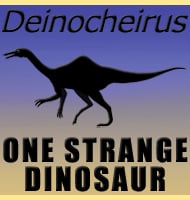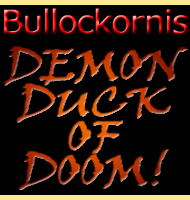Bakonydraco
In Depth To date not much can be revealed about Bakonydraco other than it was almost certainly an azdarchid pterosaur. Bakonydraco did still differ from many other azdarchids however by having what appears to have been a tall, deep beak. This has implied a possibly piscivorous specialisation as opposed to a more general carnivore. It … Read more

